In classical ballet, a pas de deux (‘step of two’ in French) is a duet that showcases the skills of masterful dancers. This BAFTA-winning and Academy Award-nominated short from 1968 marries two distinct kinds of virtuosity – the innovative cinematography of the late Scottish-Canadian filmmaker Norman McLaren and the movements of the Canadian dancers Margaret Mercier and Vincent Warren – to dazzling effect. Accompanied by a shimmering arrangement of Romanian folk music, a woman dances alone until she is joined by a man. Impressions of their bodies splinter off or move alongside them before disappearing or resolving into a single form. McLaren created the aesthetic in an age before digital effects by superimposing the high-contrast footage over itself with a slight time disparity, up to 10 times. The result is something akin to a wonderfully surreal dream – and one that you hardly need to be a ballet lover to find utterly entrancing.
Classical ballet transforms into a dance of the surreal in this duet from 1968
Director: Norman McLaren
Website: National Film Board of Canada
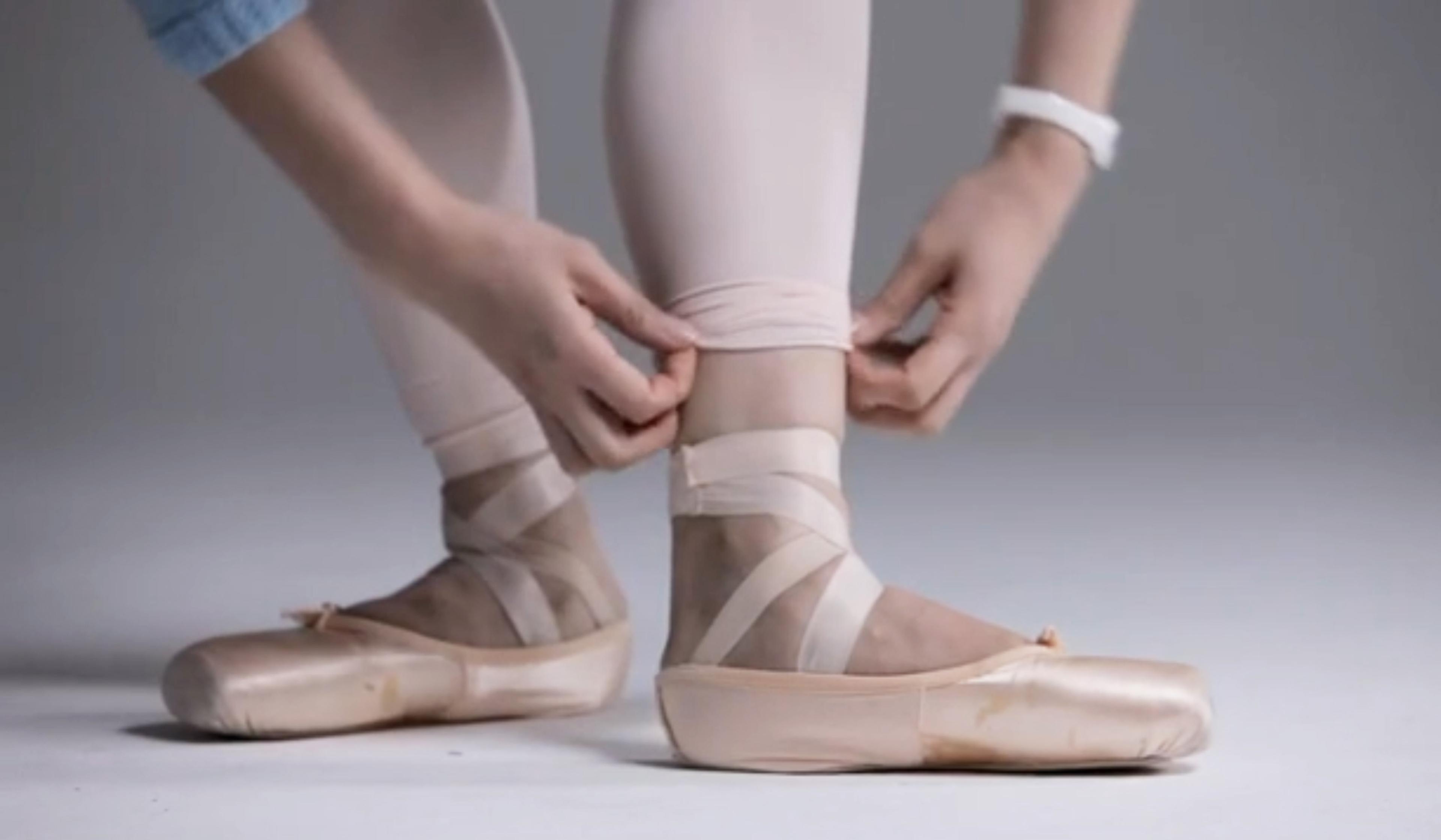
videoDance and theatre
From calluses to burnt shoes, the elegance of ballet is built from the ground up
4 minutes

videoDance and theatre
Passion, precision and swagger: join an Oscar®-winning flamenco masterclass
29 minutes
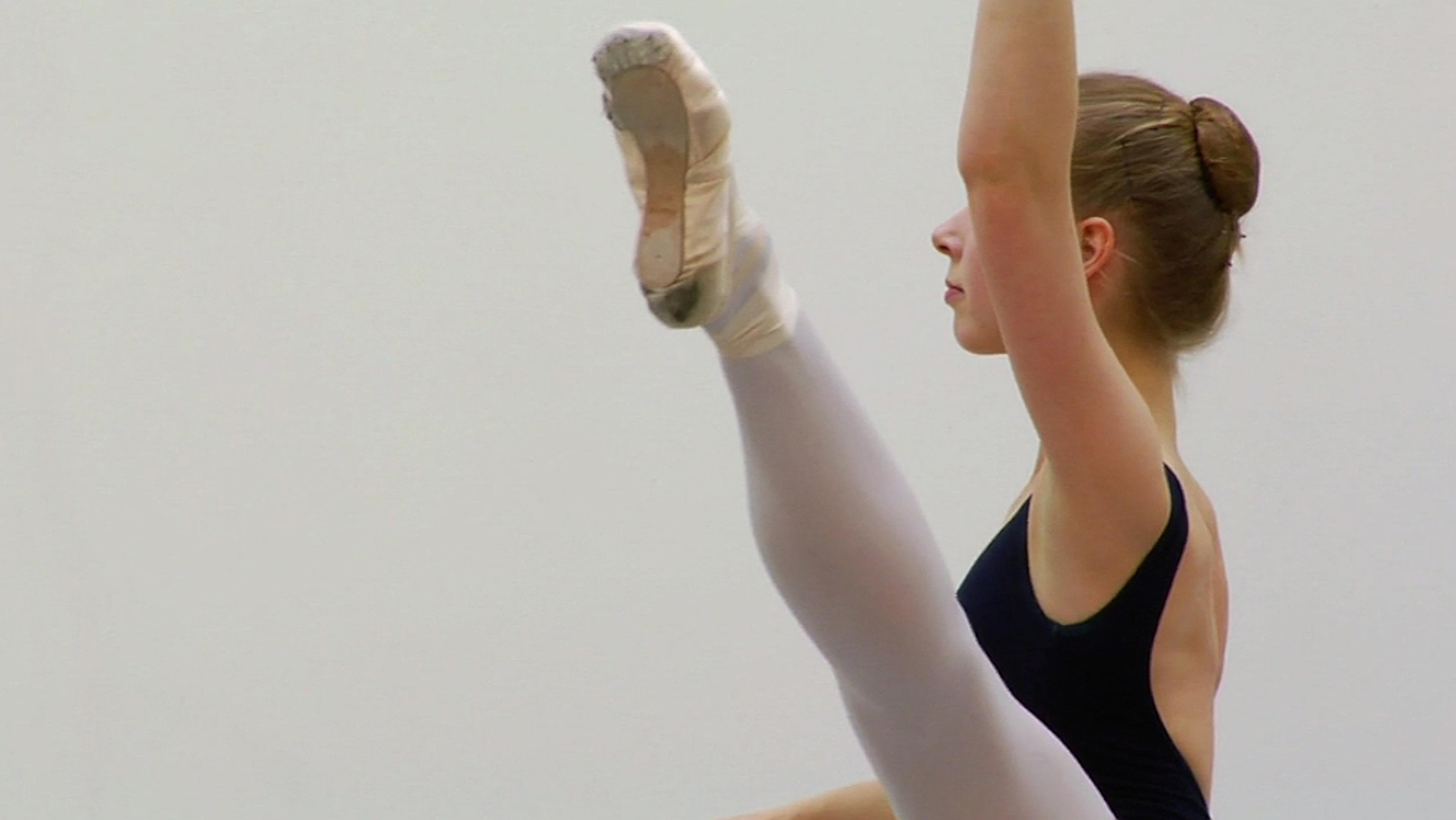
videoWork
Far from the studio, craftsmen hammer ballet shoes with their own rough grace
9 minutes

videoDance and theatre
A ballerina dances with the geometry of her own movements
3 minutes
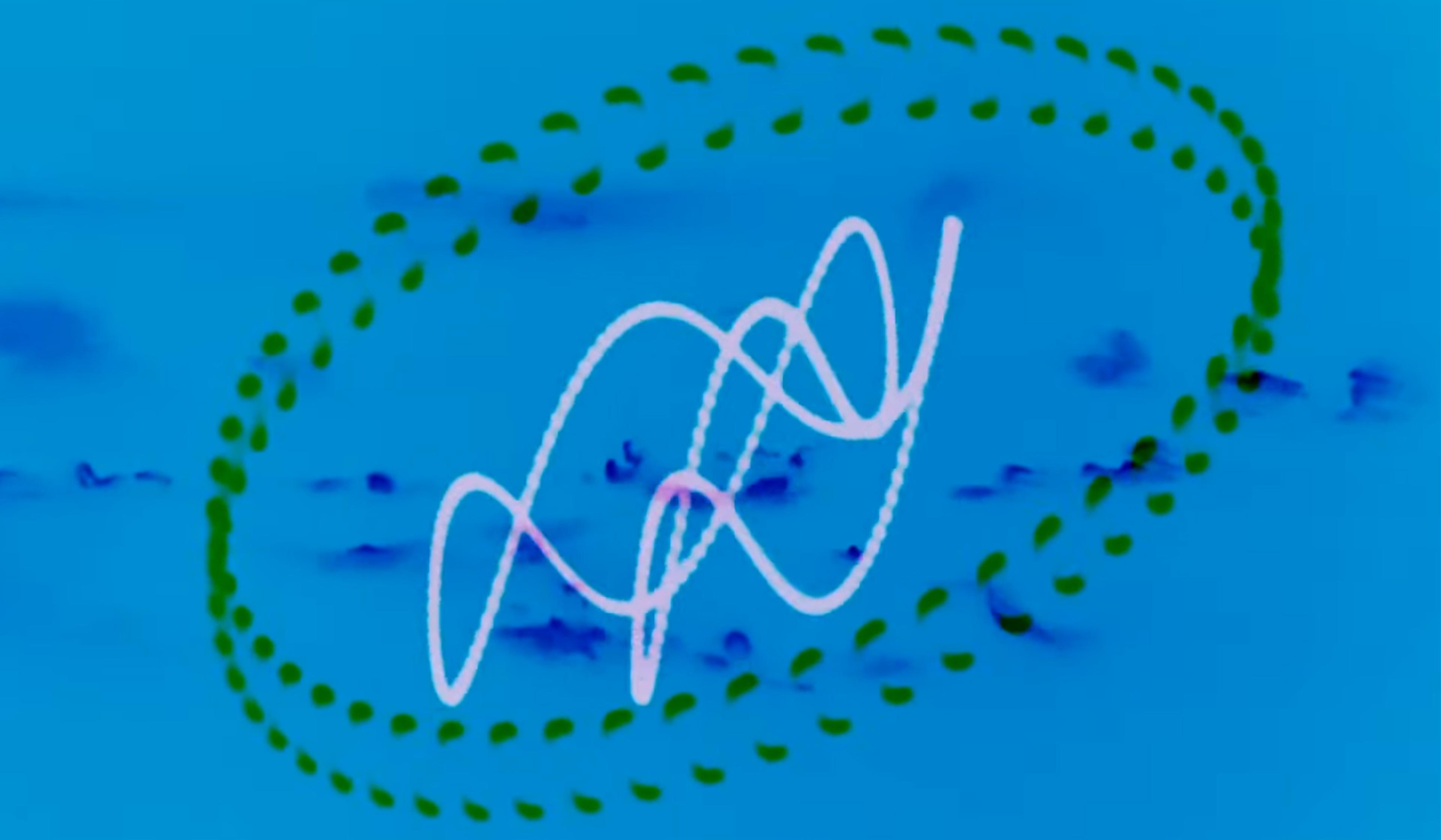
videoFilm and visual culture
A series of animated illusions illustrates how we project depth on to flat surfaces
8 minutes
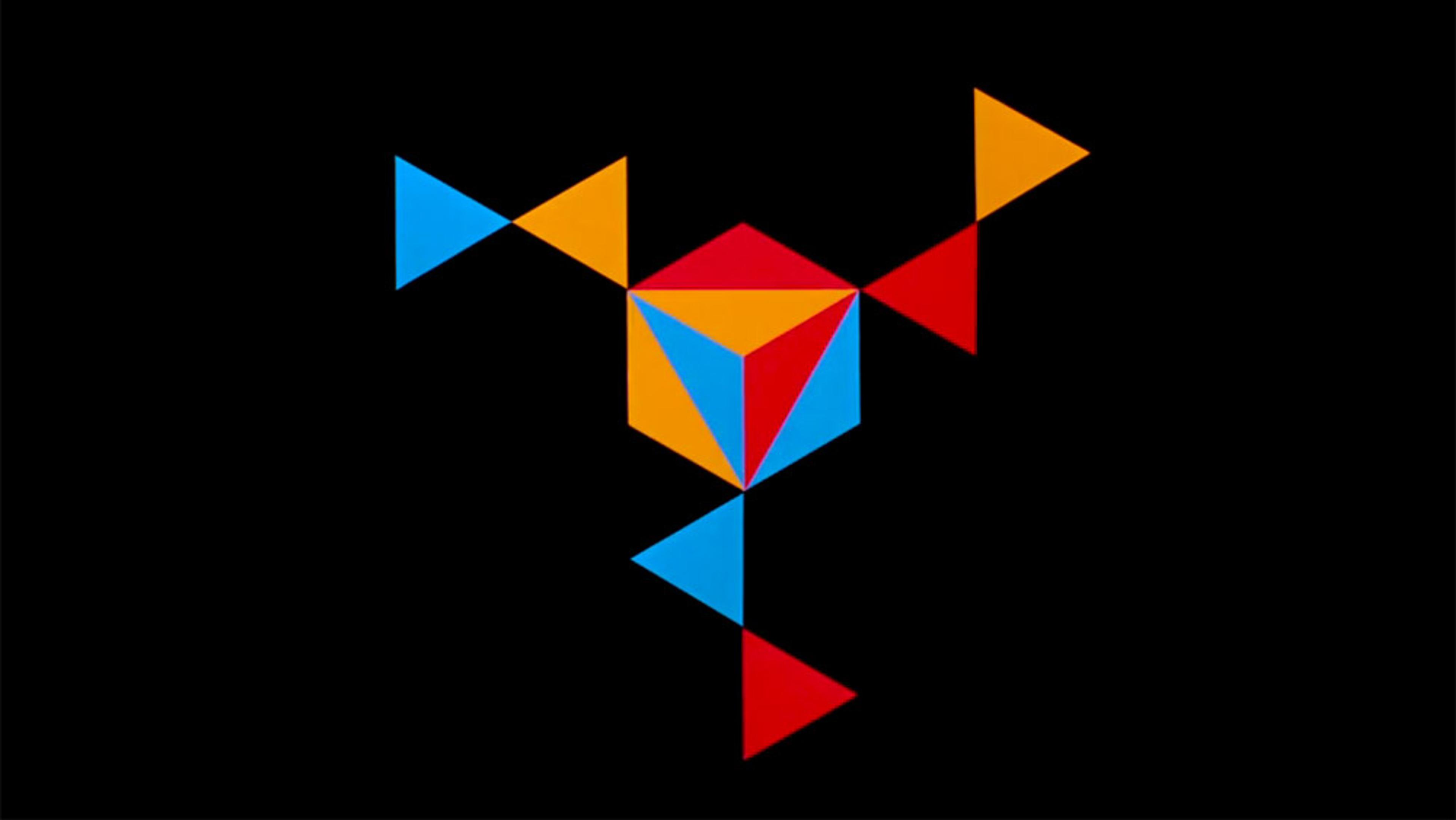
videoMathematics
A brilliant ‘geometric ballet’ of sound, shape and symmetry on the theme of 180°
5 minutes
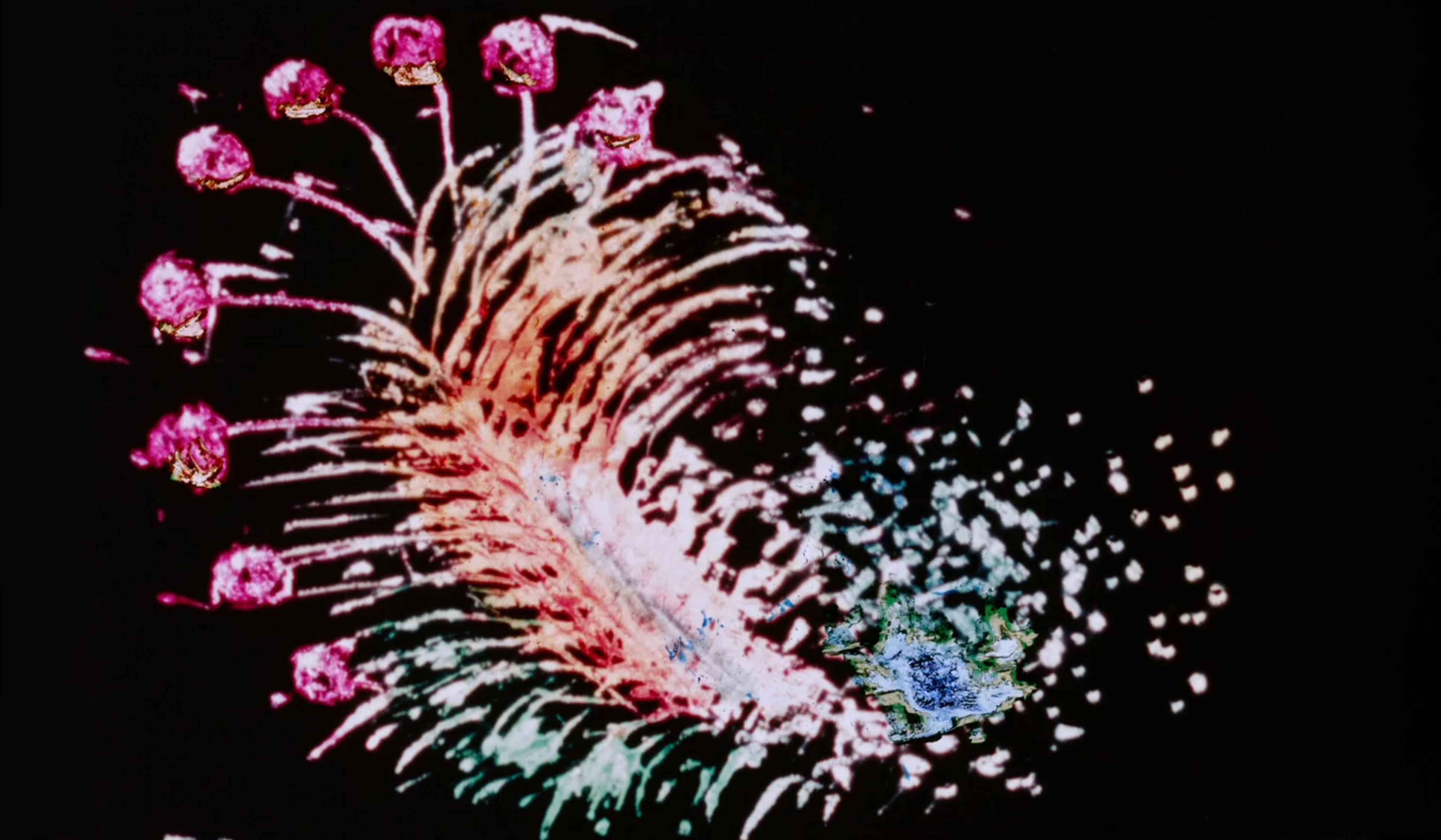
videoFilm and visual culture
A Palme d’Or-winning animation toys with the way our eyes perceive light
5 minutes

videoFilm and visual culture
A lush animated opus evokes the frenzied pace of modern life
4 minutes

videoMusic
Can you express sounds with sights? An artist takes a crack at animating jazz piano
2 minutes